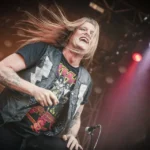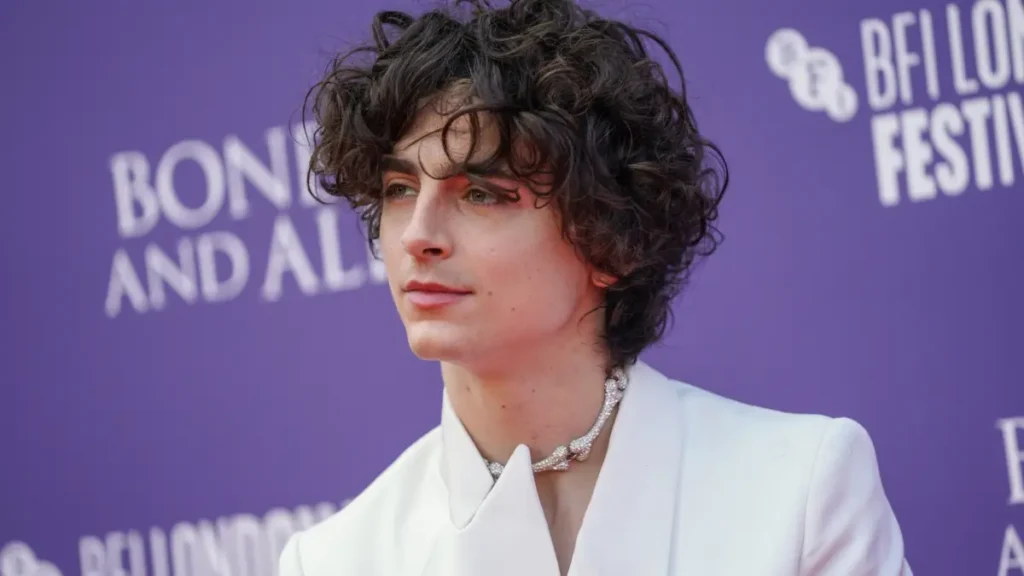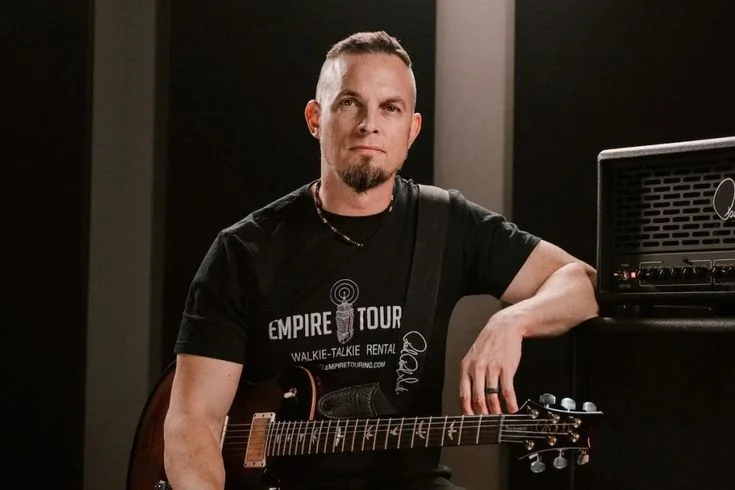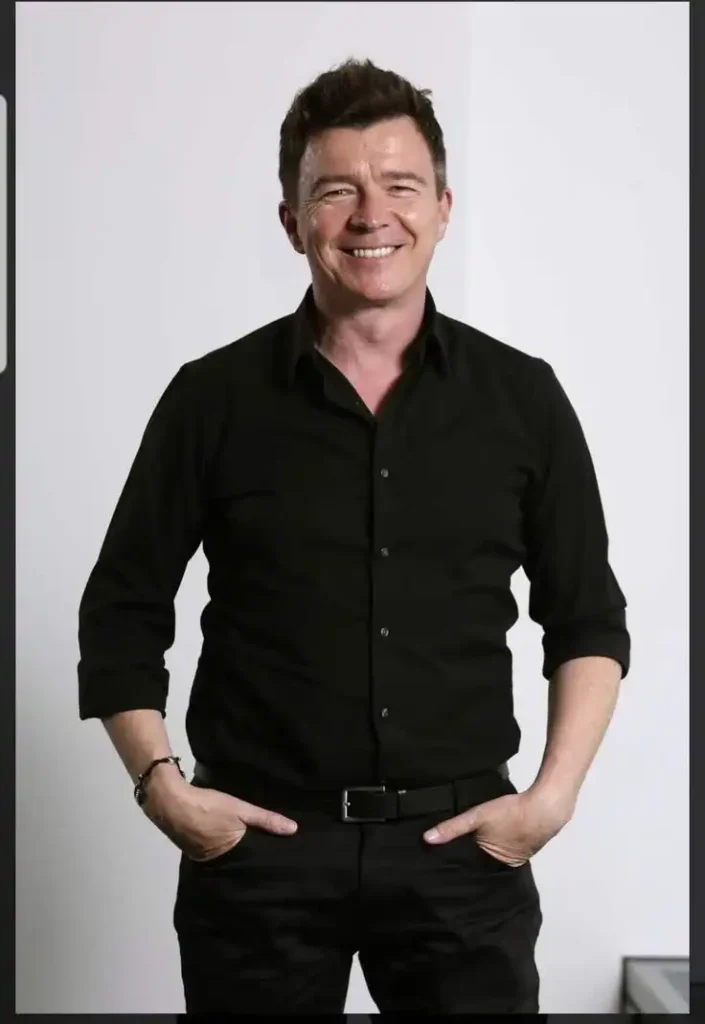Photography has always been about saving memories, telling stories, and sparking emotions. But today, technology is changing how we create pictures. The AI photo generator is leading this change.
Instead of using a camera, you type in an idea. In seconds, the AI turns that idea into a photo-like image. For example, type “a businessman in an office, soft lighting, modern style” and you’ll get a picture that looks like it was taken by a professional.
This isn’t just a tool for fun. It’s helping marketers, content creators, designers, and small businesses make stunning photos fast and at low cost. Let’s explore how AI photo generators work, why they’re useful, and how they are shaping the future of photography
What is an AI Photo Generator?
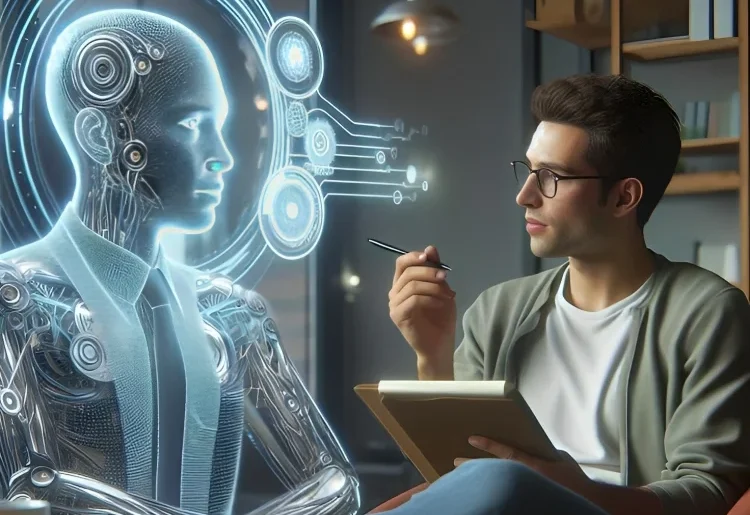
An AI photo generator is a program that uses artificial intelligence to create realistic photographs from scratch. Unlike traditional editing software that enhances existing photos, these generators actually build new images based on descriptions provided by the user.
For example, if you type:
- “A man jogging in a park during sunrise, wearing sportswear,” the AI creates a realistic photo of that scene.
- “A product photo of a smartwatch on a marble table, studio lighting,” you’ll get a polished product shot.
This is possible because AI has been trained on vast datasets containing millions of real photographs. It learns how light falls on objects, how faces are structured, how shadows form, and how textures look.
The result is a photo that looks like it was captured by a professional camera, even though it never existed before.
The appeal lies in speed and accessibility. You don’t need to be a professional photographer or own expensive equipment. With just a few words, anyone can generate images that rival real photos.
Why AI Photo Generators Are Gaining Popularity
AI photo generators have exploded in popularity because they give people the ability to create professional-grade visuals without effort or cost.
Before this technology, achieving realistic photography required planning, locations, lighting equipment, editing skills, and often a full team. Now, a single person can generate a studio-quality shot in seconds.
Some key reasons why they’re trending:
- Realism: Unlike AI art tools, photo generators specialize in lifelike visuals.
- Speed: A photo shoot might take hours, but AI delivers results instantly.
- Cost savings: Businesses don’t need to spend thousands on models, photographers, and editing.
- Creativity without limits: Want a photo of a dragon flying over Paris or a cat dressed like a king? These are impossible in real life but easy for AI.
- Social media influence: Platforms like TikTok and Instagram are filled with people showcasing AI-generated photos, sparking curiosity and encouraging more people to try them.
From marketers looking for campaign visuals to students making school projects, everyone can benefit from this technology.
How AI Photo Generators Work
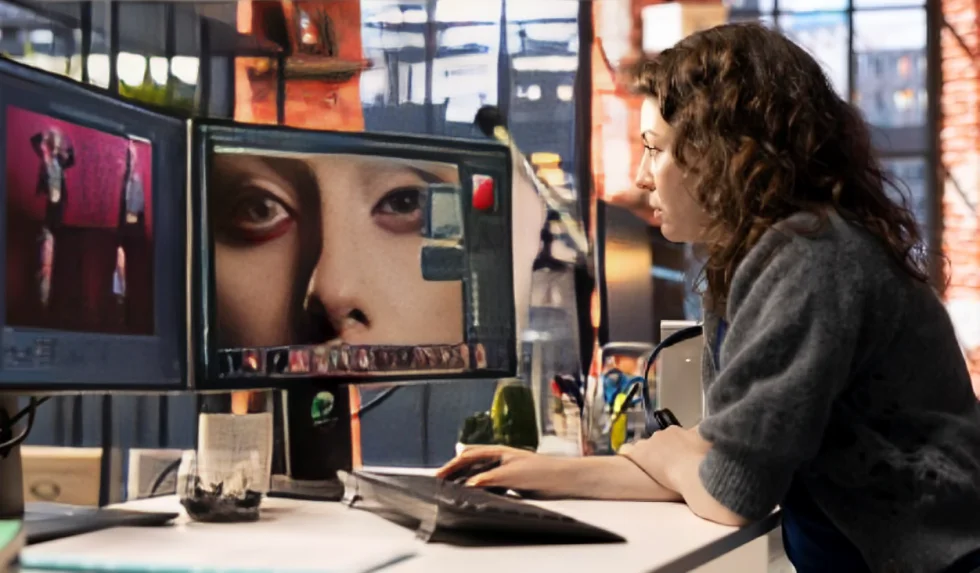
The Technology Behind AI Photos
AI photo generators use deep learning models trained on enormous collections of images. These models understand patterns, lighting, facial structures, and textures. When you give them a text prompt, they analyze your words and generate a photo-like image by piecing together elements they’ve learned.
Here’s an example:
- You type: “An old man sitting on a park bench, autumn leaves falling, cinematic style.”
- The AI interprets:
- Old man → facial wrinkles, gray hair, realistic features
- Park bench → wooden textures, background elements
- Autumn leaves → orange/yellow palette, falling motion
- Cinematic style → dramatic lighting, rich color tones
- Old man → facial wrinkles, gray hair, realistic features
In just seconds, you get an image that looks like it was snapped on a DSLR camera.
Machine Learning and Photorealism
At the heart of these generators are neural networks, computer systems modeled after the human brain. They process data in layers, learning relationships between elements. For photo generation, they study:
- Faces and expressions – How a smile changes facial muscles.
- Lighting – How shadows form indoors vs outdoors.
- Textures – How skin differs from metal, wood, or glass
- Backgrounds – Blurring, focus, and depth perception.
Two popular approaches power this technology:
- GANs (Generative Adversarial Networks): One AI creates photos, while another critiques them until they look real.
- Diffusion Models: Start with random noise and refine it step by step into a clear, realistic photo.
Thanks to these advancements, today’s AI-generated photos can look nearly identical to those taken by professional photographers. For a deeper look at unrestricted AI photo generators and how they push creative boundaries, check out our detailed guide here.
Popular AI Photo Generator Tools in 2025
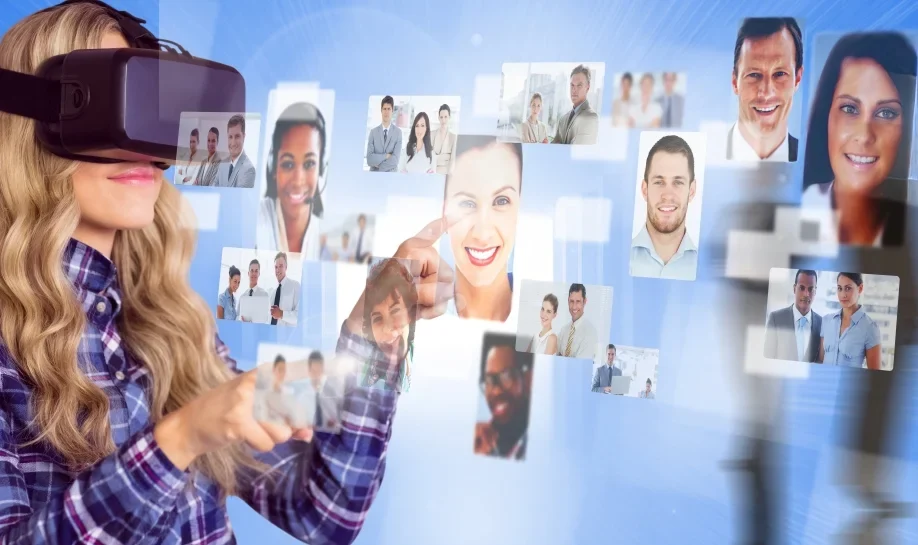
Best Free AI Photo Generators
If you’re just starting out, free tools are a great way to experiment. Some of the most popular ones include:
- Fotor AI Photo Generator – Excellent for portraits and product shots.
- Craiyon (DALL·E Mini) – More casual but fun to experiment with.
- Artbreeder – Best for face and portrait generation.
- Stable Diffusion (free version) – Open-source and highly customizable with plugins.
These tools are easy to use, but they often come with limitations like watermarks, slower processing, or lower resolution.
Top Paid AI Photo Generators
Paid tools usually offer higher-quality outputs, faster processing, and commercial usage rights. Some top premium tools include:
- MidJourney – Renowned for cinematic, hyper-realistic results.
- Adobe Firefly – Perfect for professional and commercial use.
- Jasper Art – Designed for businesses and marketing visuals.
- Runway ML – Great for both AI photos and video editing.
If you’re running a business, creating ads, or working as a professional content creator, investing in a premium AI photo generator pays off by giving you sharper, cleaner, and more customizable images.
Benefits of Using AI Photo Generators
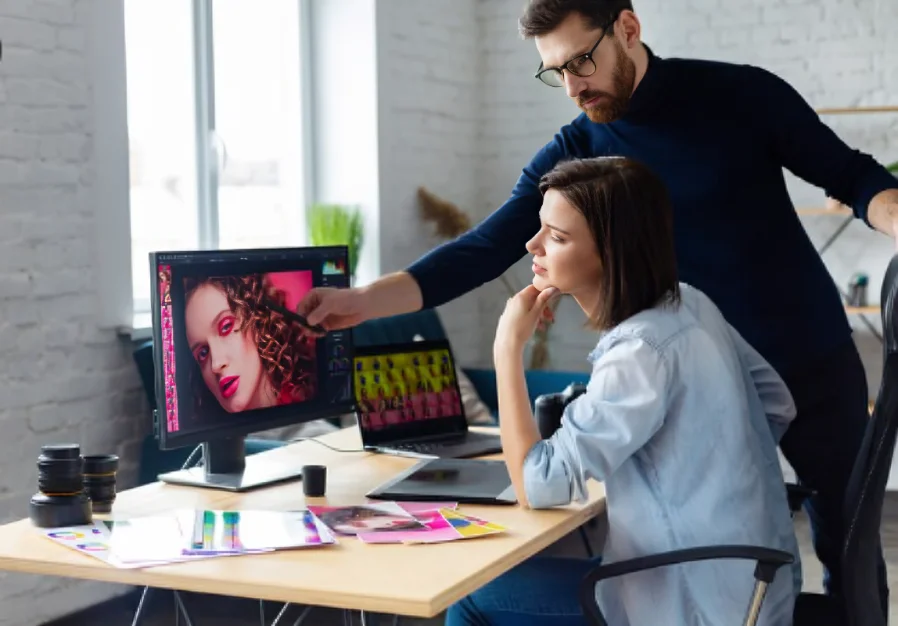
Faster Content Creation
One of the biggest advantages is speed. A traditional photoshoot involves planning, shooting, and editing, which could take days. With AI, you can generate dozens of professional-looking photos in under an hour. For businesses, this means launching campaigns faster and staying ahead of the competition. Tools like No Limit AI Image Generator make it possible to create high-quality visuals quickly, streamlining marketing efforts without sacrificing creativity.
Cost-Effective for Businesses
Hiring models, renting equipment, booking studios, and editing all add up. AI photo generators remove those costs completely. Even small businesses or freelancers can create high-quality marketing materials without blowing their budget.
Unlimited Creative Possibilities
AI photo generators let you create the impossible.
Want a product shot of your coffee mug on Mars? Or a portrait in the style of vintage Hollywood?
These tools make it possible without limits. They’re ideal for experimenting with bold, out-of-the-box visuals that grab attention.
Common Use Cases of AI Photo Generators
Marketing and Advertising
Companies are using AI photos for:
- Product mockups before manufacturing
- Eye-catching ad campaigns
- Lifestyle photography for websites
- Personalized marketing visuals
Social Media Content
Influencers and content creators use AI photo generators to create unique, professional posts quickly. Since platforms like Instagram and TikTok reward frequent content, AI makes it easier to stay consistent without hiring photographers.
Entertainment and Gaming
The film and gaming industries use AI photos for concept art, character design, and promotional materials. This speeds up creative development and allows teams to visualize ideas before production.
Challenges and Limitations of AI Photo Generators
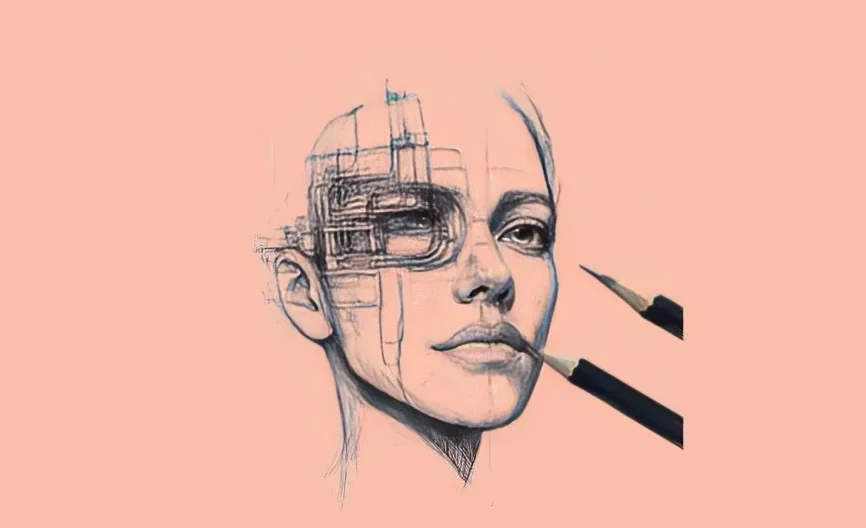
Accuracy Issues
AI still makes mistakes. Sometimes photos may have odd proportions, mismatched lighting, or strange facial details like too many fingers. While improving fast, these errors mean professionals still need human editing to polish results.
Ethical and Copyright Concerns
Since AI learns from existing photos, there’s a debate over originality and copyright. Some photographers and artists worry their work is being used to train AI without credit. Ethical concerns also arise with deepfakes and misleading visuals.
Tips for Creating Better AI Photos
Write Clear Prompts
Your results depend on the quality of your prompt. Be specific and descriptive:
- Instead of “A dog in a field,” try “A golden retriever running in a grassy field at sunset, with warm lighting and motion blur.”
Experiment with Styles and Angles
Add details like “macro shot,” “cinematic lighting,” or “studio portrait” to improve results. Don’t be afraid to try different angles, compositions, or camera settings in your prompts.
AI Photo Generators vs. Traditional Photography
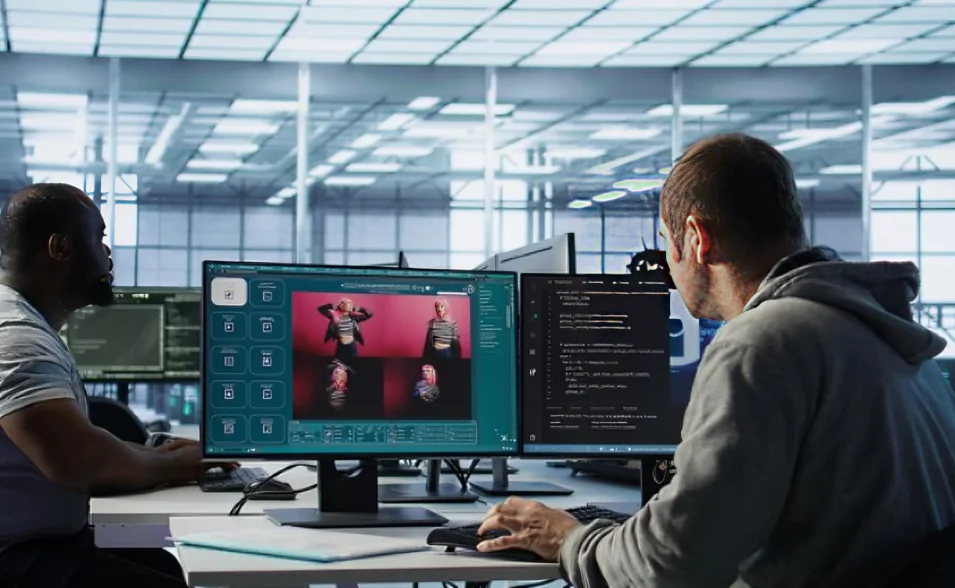
Strengths of AI Photo Generators
- Fast and affordable
- Infinite creative ideas
- Easy for beginners
Strengths of Traditional Photography
- Captures authentic, real-life emotions
- Unique moments that AI can’t replicate
- Control over every element of the shot
AI photo generators won’t replace photography but will complement it, much like digital cameras complemented film.
The Future of AI Photo Generators
What’s Next in AI Photography?
Over the next five years, expect:
- Photos indistinguishable from real photography
- Seamless integration with video, 3D, and VR
- Specialized AI tools for industries like real estate, fashion, and advertising
Impact on Creative Industries
AI will change creative industries by speeding up workflows and reducing costs. Photographers may shift from shooting everything manually to using AI for mockups, then refining with real-life photography. Creativity won’t vanish; it will evolve.
Conclusion
The AI photo generator is more than just a technological trend; it’s a revolution in how we think about photography. From businesses and influencers to gamers and marketers, these tools make it possible to create lifelike photos instantly, cheaply, and without technical expertise.
While challenges like copyright and realism still exist, one thing is certain: AI photo generators are expanding the boundaries of what photography can be, not replacing it. They’re tools that enhance creativity and give everyone the power to bring their imagination to life.
FAQs
- What is the best AI photo generator in 2025?
MidJourney, Adobe Firefly, and Stable Diffusion are leading the industry for realism and customization. - Can AI-generated photos be used commercially?
Yes, but only with tools that grant commercial rights. Always check licensing terms before using them in ads or products. - Are AI photo generators free?
Yes, many have free versions (Fotor, Craiyon), but premium tools provide higher quality and rights. - Do AI photo generators replace photographers?
No. They’re powerful assistants but can’t replace human creativity, authenticity, and emotional storytelling. - How do I get the most realistic results with AI photo generators?
Use clear, detailed prompts, specify lighting and style, and choose premium tools for higher resolution.



